Capitalism fuels the climate crisis. Can it also offer solutions?
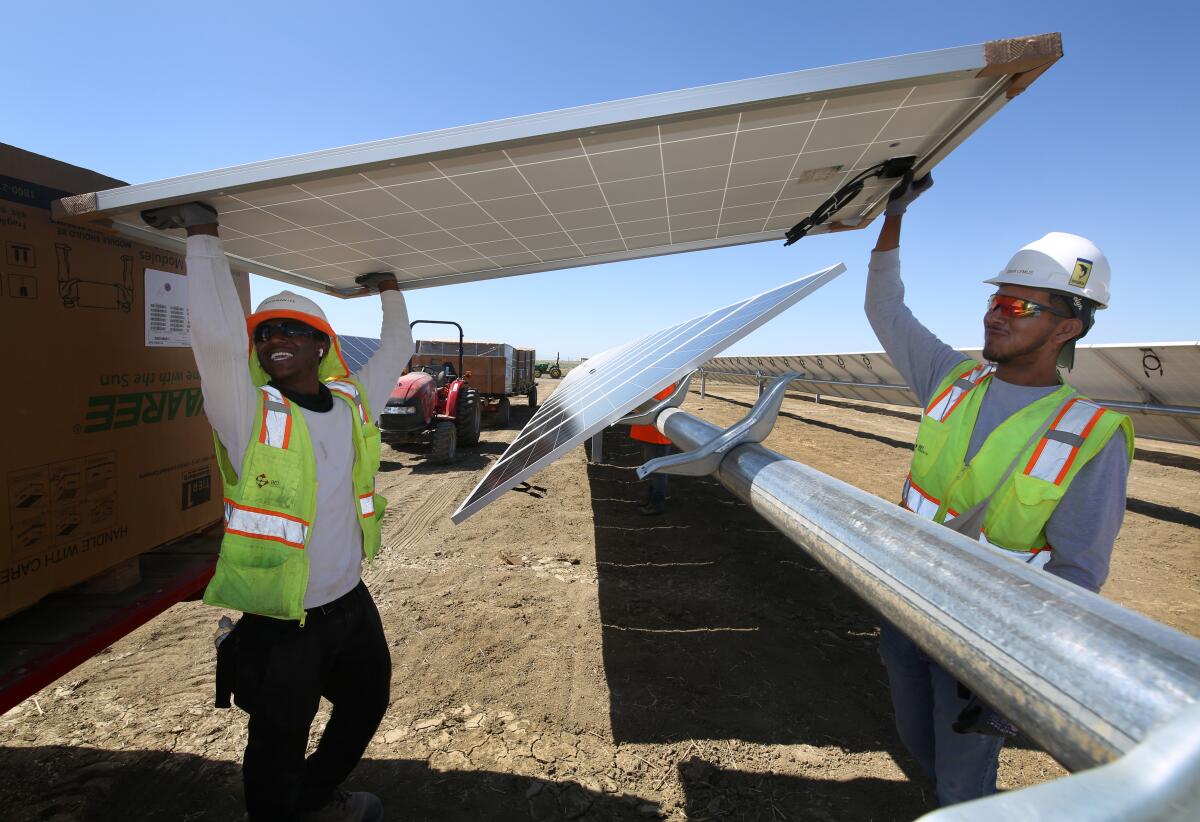
This is the Dec. 15, 2022, edition of Boiling Point, a weekly newsletter about climate change and the environment in California and the American West. Sign up here to get it in your inbox.
How many solar and wind farms will it take for the U.S. to stop burning coal, oil and gas? How much energy will be needed to power hundreds of millions of electric cars? And where will we mine enough lithium to build the batteries in those cars?
As an energy reporter focused on the climate crisis — and a young person hoping for a long life on this planet — I spend my days asking and trying to answer those kinds of questions. But what if they’re the wrong questions?
What if instead of replacing fossil fuels with renewable electricity, we should be focused on reducing our energy use as much as possible? What if the key to maintaining a stable climate — and protecting Earth’s dwindling biodiversity — is accepting that our current lifestyles and consumption habits, at least in the developed world, are simply unsustainable?
And what if trying to solve climate change by doubling down on capitalism — renewable energy tax credits for wealthy investors, requirements for companies to sell cleaner products — only perpetuates the broken economic systems that got us into this mess in the first place, exacerbating income inequality and fueling continued destruction of the natural world?
Those are tantalizing questions. And I’ve seen them posed a lot lately, especially as I’ve written about rooftop solar.
California officials are scheduled to vote today on a plan that would significantly reduce financial incentives to install solar panels on your home. For many Californians, it’s the height of lunacy. Why pull back on a technology that — unlike large solar farms in the desert — can reduce pollution without paving over wildlife habitat? Why not commit to taking power out of the hands of monopoly utility companies that make huge profits building electric lines to connect desert solar farms to energy-hungry cities?
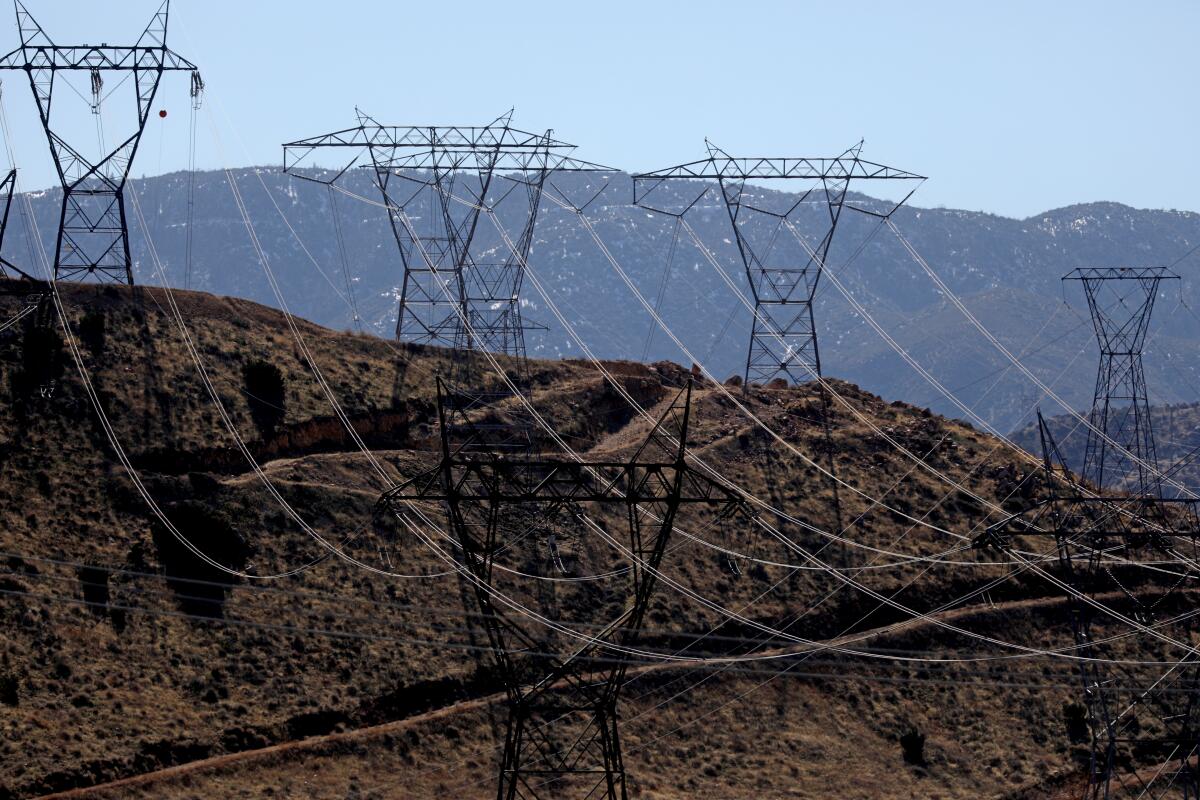
Writing in the Intercept this month, journalist Christopher Ketcham put voice to those criticisms. The “dismal reality,” he said, is that “green energy will save not the complex web of life on Earth but the particular way of life of one domineering species.”
“Mainstream climate activism of the Bill McKibben variety points toward a grandly hopeful end within the confines of acceptable capitalist discourse: decarbonization of the global economy, with technologies driven by profit-seeking corporations subsidized by governments,” he wrote. “Taking up this banner of optimistic can-do-ism, the environmental movement has convinced itself, and sought to convince the public, that with a worldwide build-out of renewable energy systems, humanity will power its dynamic industrial civilization with jobs-producing green machines while also — somehow — rescuing countless species from the brink.”
As far as Ketcham is concerned, it’s a lie. Global warming, he wrote, is just one of many ways humans are fueling the extinction crisis, along with suburban sprawl, agricultural expansion, deforestation, hunting, plastic pollution, water contamination, livestock overgrazing, overfishing and more. Solar farms, wind turbines and lithium mines are adding to the destruction.
What should we make of that argument? For some perspective, I got in touch with Bill McKibben — the 350.org co-founder who led the campaign against the Keystone XL oil pipeline, and Ketcham’s exemplar of “mainstream climate activism.”
On the one hand, McKibben told me, he’s written books about the dangers of endless growth. On the other hand, he’s called for a World War II-style mobilization to build clean energy projects — including big solar and wind farms — that can help keep temperatures relatively stable. He thinks it’s “hard to imagine the changes in human behavior and desire that, in the short time scientists have given us, will drive demand for energy low enough to let us catch up with the physics of global warming.”
Rapid transformation is especially important, he said, given that millions of people die each year from breathing the byproducts of burning fossil fuels — even before accounting for worsening floods, storms and fires from heat-trapping carbon emissions.
“So I think we’re going to need some technological changes,” McKibben said in an email.
Personally, I’m sympathetic to the idea that solar and wind farms aren’t always completely “green.” Over four years living in Palm Springs, two hours east of L.A., I learned to love the Mojave Desert. Hiking past bighorn sheep on Mt. San Jacinto, camping under the stars in Anza-Borrego, exploring remote stretches of Death Valley — these are some of my favorite memories.
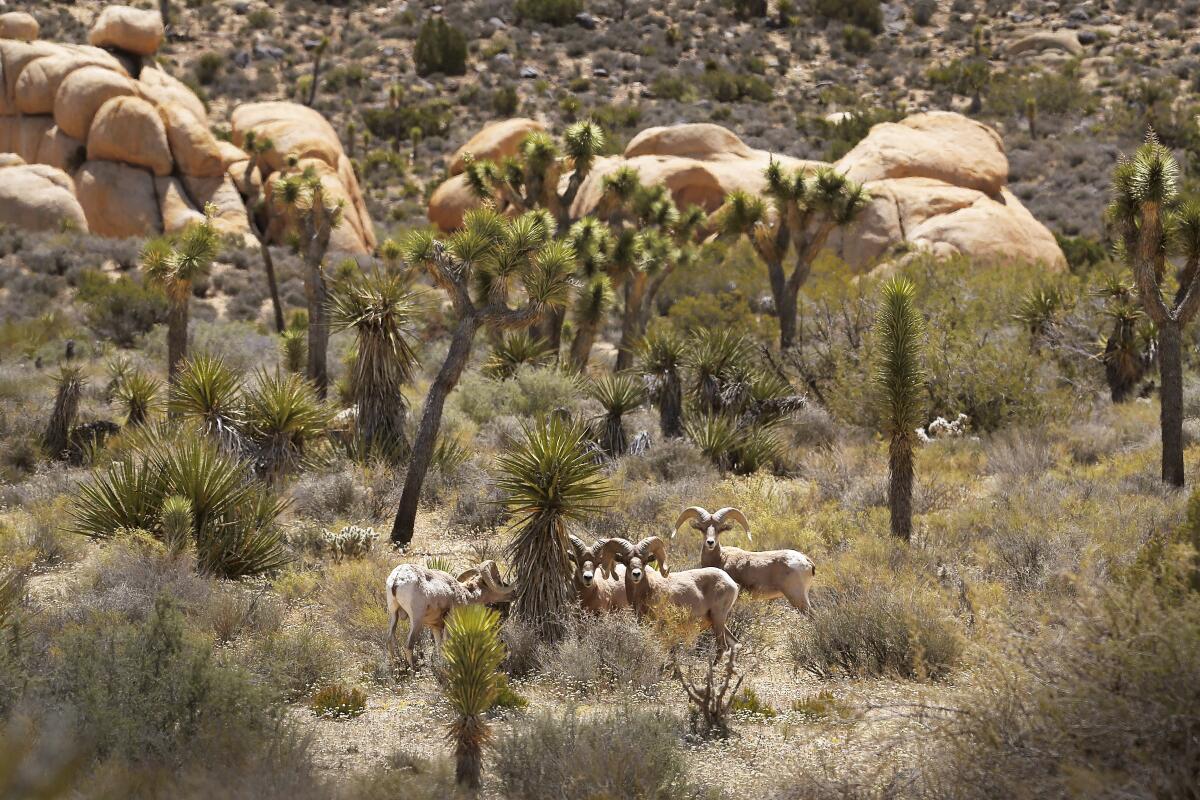
I also don’t need convincing that big utility companies can cause serious problems. I just finished reading Wall Street Journal reporter Katherine Blunt’s illuminating book, “California Burning,” about Pacific Gas & Electric’s history of igniting deadly wildfires, allowing gas pipelines to explode and saddling ratepayers with high bills. Southern California Edison, too, has sparked deadly, destructive fires. These are the companies on which the Golden State is banking its renewable energy future.
So the idea that we need some fundamental economic restructuring, not just cleaner energy? Yeah, it makes sense to me.
And yet, I am in many ways a typical citizen of the developed world, consuming more than my fair share and not feeling especially bad about it most of the time. I drive a Toyota Camry that runs on gasoline, use plastic products just about every day and buy way more Dodgers T-shirts than I need. I travel by airplane a few times a year. I love the occasional hamburger.
I’m planning to switch to an electric car when my Camry breaks down, and I’ll always choose a meatless Impossible burger when I have the option. I try to take public transit when it’s convenient. I’m good about turning off lights that I’m not using.
But it’s tough for me to imagine giving up flying, or going vegan, or reorienting my daily life around limited consumption. And I’m guessing there are hundreds of millions of people around the world — probably billions — who feel the same way.
So is it really a wise idea to tie solving climate change to reforming capitalism? Do we really want to bet our collective future on the tenuous hope of persuading wealthy countries that after centuries of economic growth, they need to cut back?
Even if the answer is no, there are plenty of ways to confront the climate crisis while consuming less.
There are huge, relatively painless energy-efficiency savings yet to be wrung out of our homes and offices — and every kilowatt-hour of electricity generation that isn’t needed will result in less habitat destruction, less mining and less steel production.
The same is true for every trip we can take by foot, bike or train, every beef hamburger we don’t eat, and every throwaway plastic water bottle we don’t buy. And yes, every solar panel that gets installed on a rooftop, rather than in the desert.
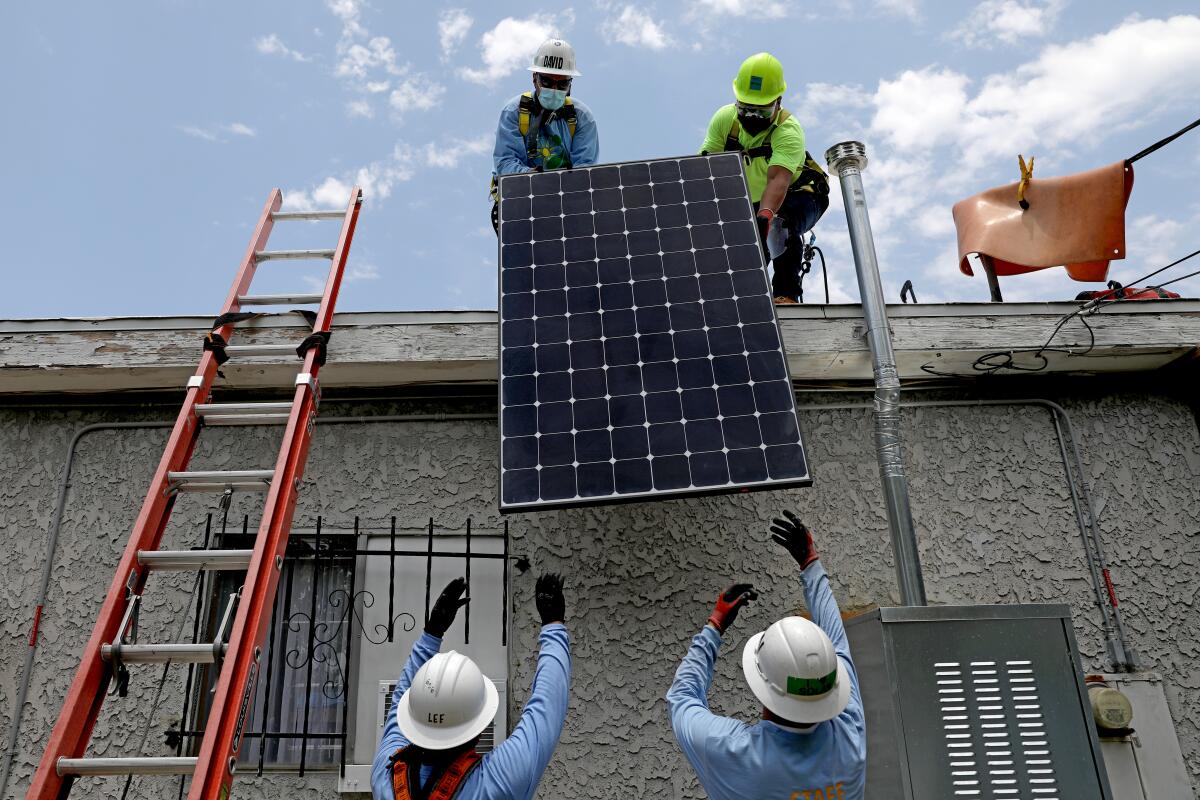
Also important: Not every solar or wind farm needs to gobble up pristine wildlife habitat. California has tried for years to direct renewable energy developers to the least ecologically valuable areas. There are also efforts to convert agricultural land to solar farms — and in some places grow crops under solar panels, a technology known as “agrivoltaics.”
Other possible solutions are even more creative, such as building solar canopies over water aqueducts — or atop parking lots, which would be encouraged by a new bill in the California Legislature. Parking-lot solar could be especially useful in Los Angeles County, where we’ve got five times more parking spots than housing units, as my colleague Ryan Fonseca notes.
None of those solutions eliminate the need for some sacrifices, at least if we want to stop cooking the planet.
On the personal side of the ledger, many of us will almost certainly need to drive less, eat less meat and fly less often. There’s also extensive research concluding that rooftop solar won’t be nearly enough to eliminate fossil fuels on its own. And there are only so many places to build large solar and wind farms before environmental conflicts start cropping up.
In McKibben’s view, though, it’s possible to view the transition to solar and wind power as an “interim step.”
“Relying on them will move us at least some ways toward a more small-d democratic and localized world, which I think is compatible with the longer-term philosophical goals of a less consumptive society,” he said.
Here’s what it comes down to, in my view. It’s easy to castigate ourselves for exploiting the Earth, and to shrug off the difficult choices presented by climate change as pointless anyway, if we’re just going to keep vacuuming up precious resources.
It’s harder to acknowledge there’s no perfect way to keep this planet safe for billions of humans and countless other living things, and to make uncomfortable choices aimed at limiting the damage — and, hopefully, making the world a little better.
On that note, here’s what’s happening around the West:
TOP STORIES

There’s lots of skepticism around electric cars — and California’s push to make them the dominant mode of transportation — in Kokomo, Ind., whose economy is driven by auto-parts manufacturing. But there’s also a $2.5-billion electric-car battery factory being built there with federal support, leading some residents to begin embracing cleaner cars, The Times’ Noah Bierman reports. Read his story, or take a glimpse at Kokomo’s transition through this video by Jackeline Luna and Maggie Beidelman. And what about public transit, for all the problems electric vehicles don’t solve? Karen Bass, L.A.’s new mayor, campaigned on making trains and buses free — and now the question is whether she’ll follow through, my colleague Rachel Uranga writes.
The Los Angeles Department of Water and Power is working to clean up 87,000 acre-feet of polluted groundwater beneath the San Fernando Valley — nearly one-fifth of what Angelenos consume each year. The $600-million project could go a long way toward reducing the city’s dependence on precarious imported supplies, Hayley Smith writes. And in case you’re wondering, no, the rain and snow we’ve gotten over the last week haven’t ended the drought or our long-term water crises. Just ask the low-income people of color seeing their water wells go dry in record numbers due to excessive groundwater pumping by farmers, as The Times’ Dorany Pineda and Gabrielle LaMarr LeMee report. Or see the drought emergency declared by Southern California’s biggest water agency on Wednesday. Maybe even think about saving water with the “sink toilet” device that my colleague Jeanette Marantos wrote about. Trust me, it’s not as weird as it sounds.
Scientists at California’s Lawrence Livermore National Laboratory announced a historic breakthrough in nuclear fusion, revealing they were able to create more energy than they consumed in a fusion reaction for the first time. But what does this development — decades in the making — mean for the likelihood of cheap, abundant clean electricity? The reality is that any commercial applications are still far off, with many challenges yet to be worked out, The Times’ Corinne Purtill writes. And in the meantime, traditional nuclear power technology continues to fuel controversy. Ten miles south of the Grand Canyon, a company is hiring workers as it prepares to reopen a long-dormant uranium mine, the Arizona Daily Sun’s Sean Golightly reports.
CLIMATE AND CAPITALISM, PART 2
If you enjoyed the above discussion, here are some other recent stories dealing with economic growth, protecting the natural world and the need to build enough renewable energy infrastructure to tackle the climate crisis:
- A new study finds that 54% of global mining projects for clean energy metals, such as lithium for batteries, are on or near land where Indigenous people live — a big potential sticking point for the energy transition (Molly Taft, Gizmodo).
- Is overpopulation the root cause of environmental calamity? Not especially (Jonathan Thompson, High Country News).
- If President Biden wants to achieve his goal of protecting 30% of U.S. lands and waters by 2030, he needs to start designating more national monuments and wilderness study areas on federal lands, activists say (Roque Planas, Huffington Post).
- Interior Secretary Deb Haaland says the Biden administration will update a decade-old regulation governing where solar farms can and can’t be built on public lands across six Western states, including California (Nichola Groom, Reuters).
- The landscape photographer Kim Stringfellow has been making art across the Mojave Desert for years — including photos documenting the destruction that can be wrought by solar development (Meg Bernhard, High Country News).
- A new study finds San Francisco and Oakland’s international airports are highly vulnerable to sea-level rise — an interesting twist given that air travel is a fast-growing contributor to climate change (Tara Duggan, San Francisco Chronicle).
WESTERN WILDLIFE
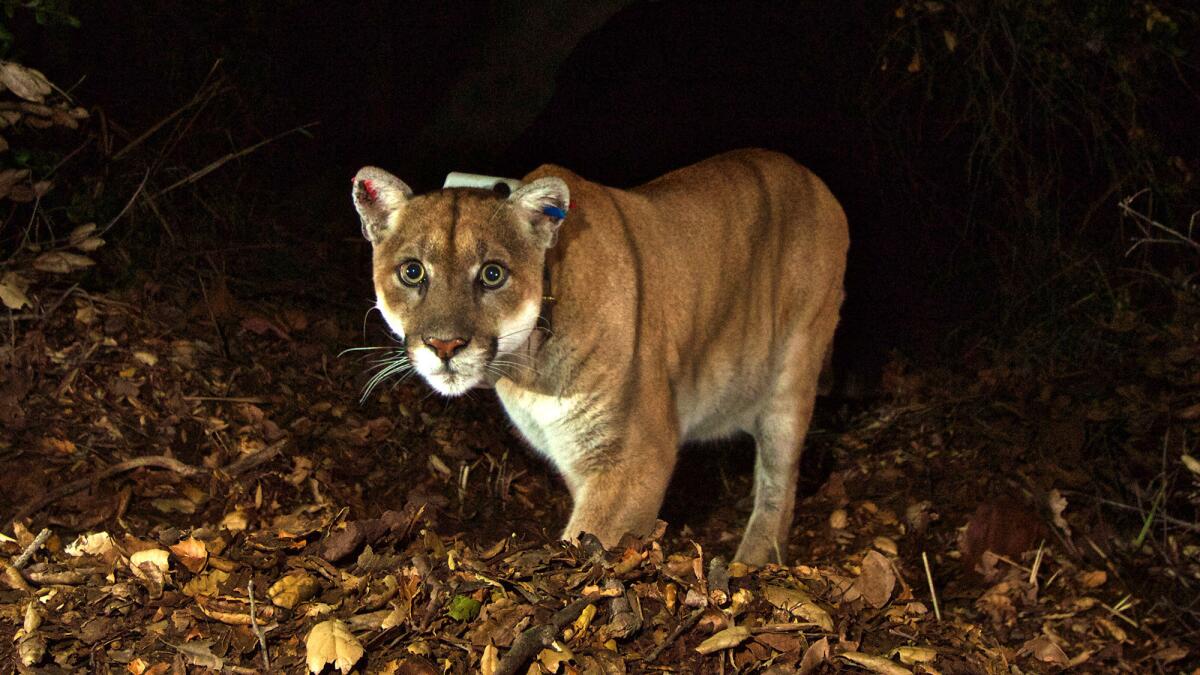
The mountain lion P-22 was captured in a Los Feliz backyard after killing a leashed Chihuahua and attacking another dog. It’s not yet clear the full extent of the health issues ailing the puma, which has become a celebrity in the decade since it crossed the 405 and 101 freeways and took up residence in L.A.’s Griffith Park. But the aging beast has a right-eye injury, thinning fur and is significantly underweight, and is unlikely to be returned to the park, my L.A. Times colleagues report. Euthanasia may be on the table, depending on what additional medical tests show. In better news for the local mountain lion population, the Santa Monica Mountains just welcomed four new kittens, Salvador Hernandez writes.
The Center for Biological Diversity petitioned the Biden administration to reintroduce the jaguar to the U.S. Southwest. There’s just one jaguar left, in Arizona, after a long history of hunting and habitat fragmentation, per the Associated Press’ Anita Snow. In Colorado, meanwhile, the Audubon Society says the lesser prairie chicken could be the state’s first “climate casualty,” as a relocation effort to protect several hundred birds seems to be failing in the face of worsening drought, and the corresponding loss of vegetation and insects. Details here from Bruce Finley at the Denver Post.
Did you know beetles make up 24% of all known species?! And there are more longhorn beetle species than bird species? These are just two fun facts from this incredible Reuters story about the glorious abundance of the insect world — and its rapid decline, with climate change a growing factor. “We’re losing the limbs and the twigs of the tree of life,” one scientist says.
THE ENERGY TRANSITION
Republican attorneys general in 19 states are waging a campaign against investment firms that take climate change risks into accounting, accusing them of bias against fossil fuels and in some cases pulling money from those firms. L.A. Times columnist Michael Hiltzik is not amused, writing that “blindly protecting investments in coal and oil without taking account of the changing world is a formula for impoverishment — environmentally, socially, and especially financially.” Hiltzik also wrote about a new report from the International Energy Agency projecting that solar and wind power will collectively become the largest sources of electricity generation worldwide by 2025, with solar alone outstripping natural gas by 2026 and coal by 2027.
Pacific Gas & Electric has laid off thousands of contractors and employees over the last month, including workers focused on reducing the risk of wildfire ignitions. Union leaders have told members the company is cutting costs to make up for budget overruns, per Grist’s Blanca Begert. PG&E offered a different explanation, saying it reduced the number of contractors because it’s planning to bring more vegetation management work in-house, and because most of their work for 2022 is done. In related news, PG&E is planning $50 billion in capital investment through 2026, including billions for fire safety — but with the company already deeply in debt, it’s not clear where the money will come from, the Wall Street Journal’s Katherine Blunt writes.
Warren Buffett’s PacifiCorp will be the first utility to join California’s planned day-ahead electricity market, in a potentially significant development for clean energy in the American West. Details here from Utility Dive’s Kavya Balaraman, who writes that state and regional officials are expected to launch the market with formal votes in February. I wrote last year about how more electricity-sharing among Western states could help lower the costs of replacing fossil fuels with renewable energy.
POLITICAL CLIMATE
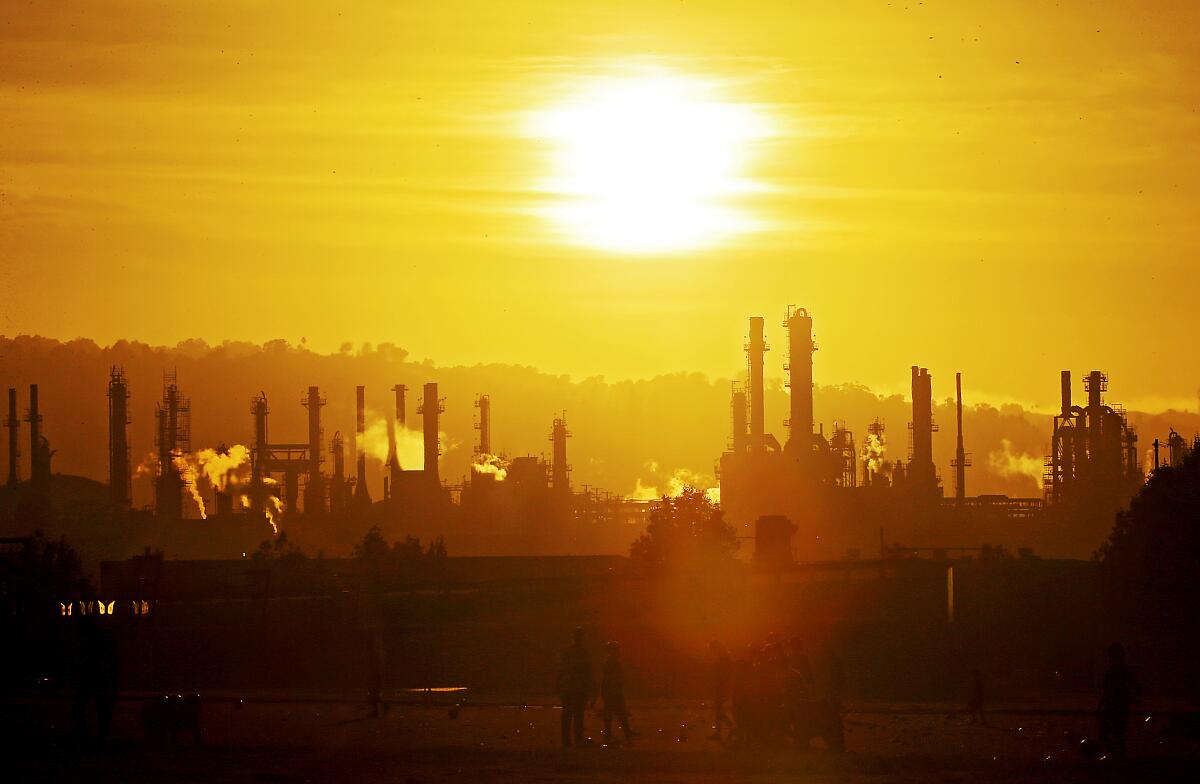
Oil refiners are earning more per gallon on the West Coast (including California) than in the rest of the country. That’s one of several valuable nuggets in this explainer by The Times’ Laurence Darmiento, Sean Greene and Vanessa Martínez, breaking down how and why gasoline prices are so high in the Golden State — and how Gov. Gavin Newsom’s plan to cap refinery profits might change that. In related news, an oil industry trade group says it’s gathered enough signatures to put a measure on the 2024 ballot aimed at overturning a new law that bans drilling near homes and schools. Just getting the measure on the ballot would delay the law’s implementation for two years, as Bloomberg Law’s Zach Bright notes. As a reminder, Inside Climate News reported that some signature gatherers funded by the oil industry lied to people about what the ballot measure would do.
Eighty-year-old oil magnate Harvey Yates is trying harder than ever to get New Mexico to open more land to drilling — and he just led the purchase of a small-town newspaper, in hopes of spreading the conservative gospel. Searchlight New Mexico’s Alicia Inez Guzmán wrote about Yates, and how the Rio Grande Sun’s coverage has changed since the change in ownership. Also in the Land of Enchantment, the slate of candidates being considered by Gov. Michelle Lujan Grisham for the state’s reconstituted Public Regulation Commission doesn’t include anyone from the northwestern part of the state, where the Navajo Nation’s health has been sacrificed to coal for decades, as Susan Montoya Bryan reports for the Associated Press.
A youth climate lawsuit got thrown out in Utah, where a judge rejected claims by a group of children that state officials are sacrificing their future to fossil fuels. But High Country News’ Kylie Mohr writes that a similar lawsuit is moving forward in Montana, where the state constitution enshrines a right to a “clean and healthful environment.” A trial is scheduled for June.
ONE MORE THING

At a moment when California is trying to phase out fossil fuels as fast as possible, the Glendale City Council voted this week to invest an estimated $170 million to keep burning natural gas — a move that critics say is lunacy, considering the climate crisis.
Officials at Glendale Water & Power have insisted for years that extending the life of the gas-fired Grayson Power Plant is crucial to making sure the lights stay on in the city of nearly 200,000, which borders Los Angeles. They originally urged the City Council to approve a 262-megawatt “repower,” which would have involved replacing Grayson’s existing gas generators with (relatively) cleaner gas engines. The council ultimately approved a smaller 56-megawatt repowering in a 4-1 vote Tuesday.
Climate activists say it’s likely to be California’s last new gas plant — if it does, in fact, move forward. The Sierra Club sued Glendale earlier this year to try to block construction, and that lawsuit is ongoing. Critics say the city has other options for keeping the lights on, including rooftop solar panels at homes and businesses and local battery storage, as I reported in January.
Glendale Water & Power officials insist they’ve taking non-fossil options seriously, as evidenced by the 75-megawatt, four-hour battery system they’re also installing at the Grayson site. All told, the estimated price tag for upgrades at the facility is $454 million.
In other local power-plant news, the Los Angeles City Council was scheduled to vote this week on an $800-million plan to convert the city’s Scattergood Generating Station from gas to green hydrogen — a controversial project I explored in March. But the vote was postponed to give newly seated council members time to get up to speed. It’s likely to come back up in January.
I’ll be continuing to follow events in L.A. and Glendale. So stay tuned.
Hey there, subscribers — our marketing team wants to hear from you. Fill out this short survey to help us keep sharing the stories that shape your world, free to your inbox.
We’ll be back in your inbox next week. If you enjoyed this newsletter, or previous ones, please consider forwarding it to your friends and colleagues. For more climate and environment news, follow me on Twitter @Sammy_Roth.
Toward a more sustainable California
Get Boiling Point, our newsletter exploring climate change, energy and the environment, and become part of the conversation — and the solution.
You may occasionally receive promotional content from the Los Angeles Times.




